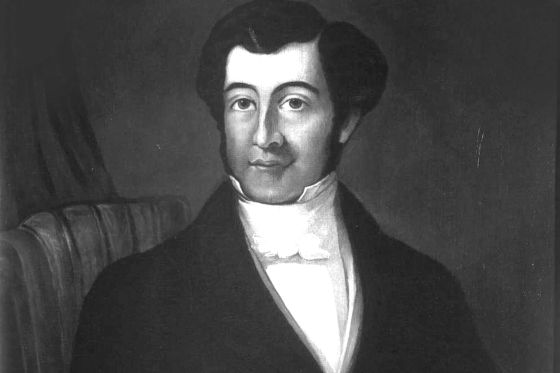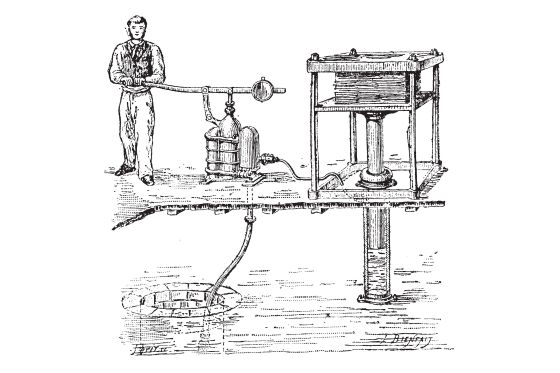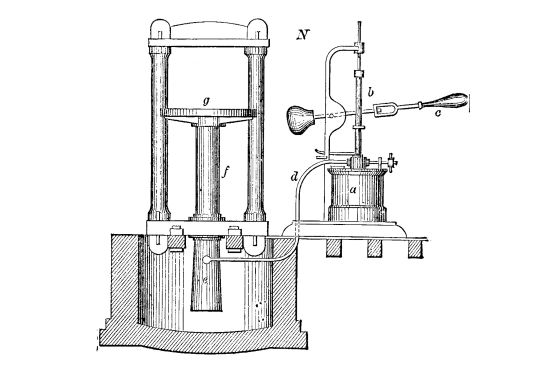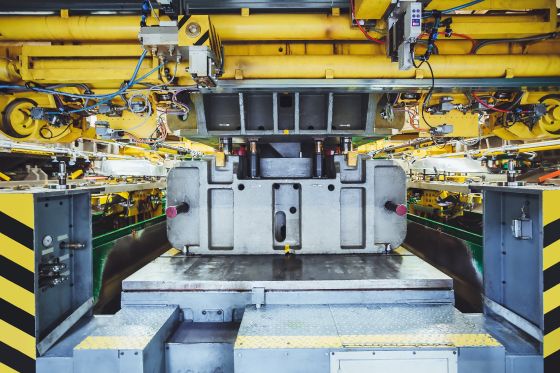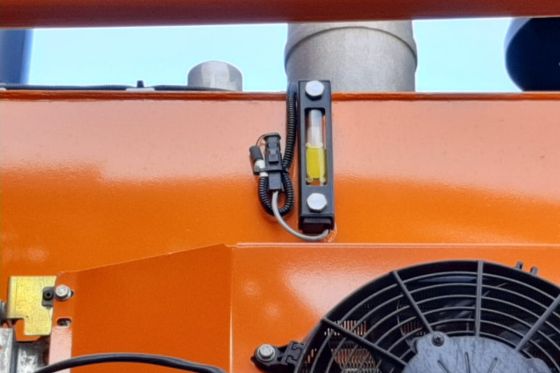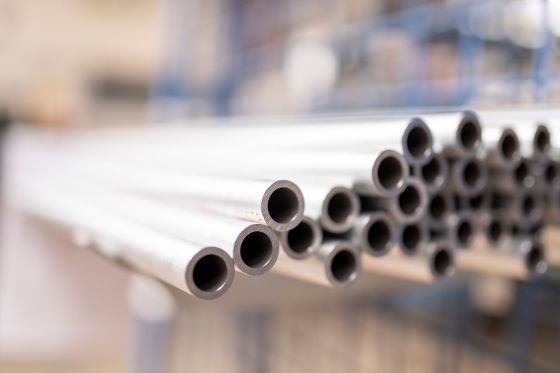Joseph Bramah
What correlation there is between the invention of toilet flushes and burglar-proof door locks by an English cabinetmaker and the success of STAUFF in hydraulics, you can find out in this post in the STAUFF Blog
Joseph Bramah (*13 April 1748, 275 years ago today † 9 December 1814) was one of the great engineering personalities at the time of the Industrial Revolution in England. But actually everything should have turned out differently: As the child of a farmer, his career on his father's farm seemed preordained. At the age of 16, however, he injured his ankle so severely that he limped for the rest of his life and could no longer work in agriculture. Instead, after his accident, he began an apprenticeship with a local carpenter in South Yorkshire, where he completed his basic training as a craftsman. He then moved to the capital London, where he initially worked as a cabinetmaker.
From Cabinetmaker to Universal Genius
From today's perspective, Joseph Bramah is considered a universal genius and made his mark with numerous developments.
His first successful invention was an improved flush toilet. He received a patent in 1778 for his design with hinged flaps instead of slides that had been common until then (and tended to freeze at low temperatures).
He then founded the company Bramah Locks, which was dedicated to the development and production of particularly burglar-proof door locks. The company still exists today.
Invention of the Hydraulic Press
Bramah's undoubtedly most important invention from STAUFF's point of view was the hydraulic press. In the 18th century, hydraulics was an almost unknown science. Consequently, Bramah was one of the pioneers in this field. The operation of the press depends on Pascal's principle, which states that the pressure in a closed system is constant. The hydraulic press consists of two cylinders and pistons with different cross-sectional areas. If a force would be applied to the smaller piston, this is translated into a larger force on the larger piston. The difference between the two forces is proportional to the difference in area between the two pistons. In effect, the cylinders act much like a lever that can be used to increase an applied force. Bramah received a patent for his hydraulic press in 1795.
The relevance of this invention for STAUFF as a premium manufacturer of hydraulic and fluid power port-to-port solutions is obvious:
Manufacturers of hydraulic forming machines and presses as well as their sub-suppliers, suppliers and service providers are among the most important customers of original STAUFF products today, some of which were specially developed or adapted for these complex applications and optimised continuously.
Joseph Bramah remained a very active and productive inventor. He developed pumps for waterworks and invented the tap system that is still used today to serve beer in pubs in the United Kingdom. His ingenuity seems almost limitless: His other patents include a machine for automatically printing banknotes with consecutive serial numbers and a device for sharpening goose feathers for writing.
By the way: Bramah's workshops were the "think tanks" of early industrialisation. The young Henry Maudslay, who as the inventor of the precision lathe made a decisive contribution to the development of modern machine tools, also worked there. Did you actually know why the colour reseda green was used as the standard paint for lathes and milling machines for a long time? You can find out the answer in this post on the STAUFF Blog.

Newsletter Subscription
Receive automatic e-mail notifications about new posts on the STAUFF Blog

